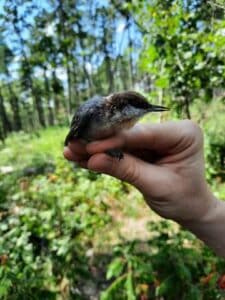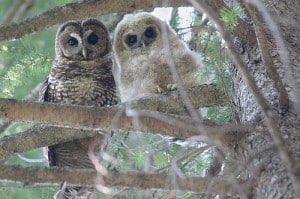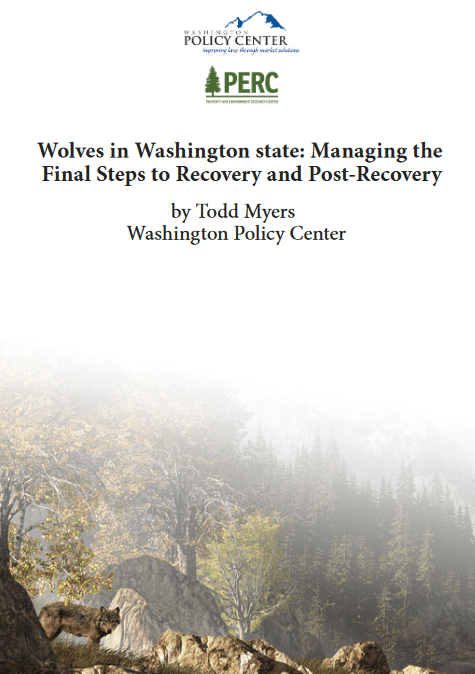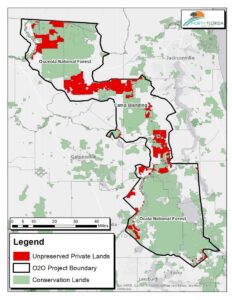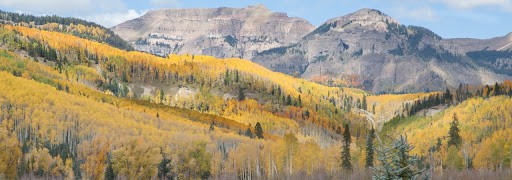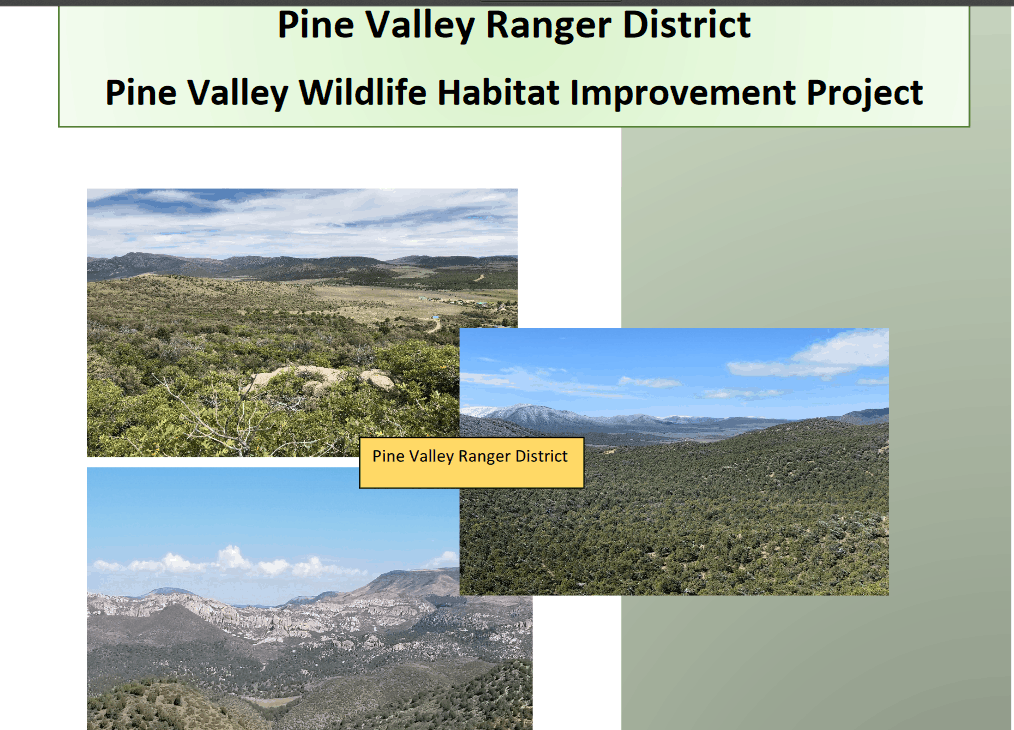Here are two different kinds of success stories about restoring wildlife species that have been missing from national forests.
Grizzly bears – Lolo National Forest.
Current efforts on the Lolo National Forest demonstrate one way that forest plans can improve conditions for at-risk species; in this case the plan is contributing to conservation of the federally threatened grizzly bear. Grizzly bears have been sighted in recent years in this part of the Forest, but none are females or considered to be residents.
In 2011, the forest plan was amended to include what is commonly referred to as the Access Amendment (similar amendments also applied to the Kootenai and Idaho Panhandle national forests, prior to the revision of their forest plans). The amendment established “standards” for motorized road and trail density in grizzly bear management units (BMUs, there is one on the Lolo). In many cases, the current conditions did not meet these standards, so in the terminology of the 2012 Planning Rule, these would be desired conditions or objectives to be achieved. In addition, their achievement was assumed in the biological opinion on the effects of the forest plan on grizzly bears prepared by the Fish and Wildlife Service, and failure to achieve them would likely trigger the need to reinitiate consultation on the forest plan (which had happened on the Flathead National Forest). So there is a little added incentive, but here is what they are doing now.
The Forest has completed the “BMU 22 Compliance Environmental Assessment.” In it they have proposed to formally close some roads that are effectively closed already and 21 trail miles currently open to motorized use. In response to public comments, they are also considering an alternative that would close fewer trails, and instead close some roads currently open to motorized use. In addition to other closures included with some prior vegetation management projects both alternatives “would bring the Forest into compliance with the Forest Plan motorized access management standards for the Cabinet-Yaak grizzly bear recovery zone.”
Brown-headed nuthatch – Mark Twain National Forest
The nuthatch is not at-risk range-wide, but they have not been found in Missouri for at least a century. The species requires shortleaf pine and oak woodland forests, which have been greatly reduced from historic levels. The loss of these forests has prompted an ecosystem restoration effort across Missouri, Arkansas and Oklahoma (notably using the Collaborative Forest Landscape Restoration Program). Restoration of such forests is a desired outcome of the Mark Twain forest plan. Curiously, there is no mention of the brown-headed nuthatch in the 2005 forest plan, although it does address other species using the same habitat:
Objective 1.4a Improve open woodland conditions on at least 10,500 acres to provide habitat for summer tanager, northern bobwhite, Bachman’s sparrow, and eastern red bat.
The EIS states that the nuthatch is a Management Indicator Species for forest plan monitoring, but that doesn’t seem to be in the plan itself. Of course, a species that is absent from a national forest would not make a good MIS. In any case, it looks like there was no interest by the Mark Twain in reestablishing a species that was not present on the forest under that rules applicable to forest planning in 2005.
However, Forest Service, state and university researchers came to the rescue of the species, determining that sufficient woodlands now exist in Missouri to support a population of Brown-headed Nuthatches, that populations in Arkansas were robust enough to supply birds to Missouri, but that nuthatches are not likely to make the return on their own because of the distance and habitat fragmentation. The Mark Twain National Forest site was chosen for the release of 100 birds because it is the largest area of open pine woodlands in the state.
Under the 2012 Planning Rule, the Forest Service would probably argue that this species is not “known to occur” in the plan area, so the requirement to provide ecological conditions for it (as a species of conservation concern) would not apply. However, the separate requirement for ecological integrity requires “species composition and diversity” to occur within the natural range of variation. That should make the Forest Service more proactive in reestablishing species that historically occurred there. (The forest plan also omits the listed red-cockaded woodpecker, which also uses these habitats, is also absent, but must be conserved and recovered.)
(For a look at how the natural range of variation might work under the 2012 Planning Rule see Table A-2, “Desired conditions for natural community types.”)

